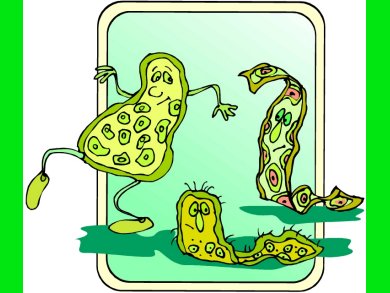Certain synthetic cell wall molecules trigger bacterial spores to exit from dormancy. Researchers at University of Notre Dame, USA, and at Columbia University, USA, exposed bacterial spores to fragments of peptidoglycan, a polymer forming the cell wall of bacteria. Thereupon, up to 45 % of the spores germinated and reproduced on agar plates.
Mijoon Lee and colleagues synthesized six different kinds of peptidoglycan fragments consisting of sugars and amino acids and tested them on Bacillus subtilis spores. For stimulation, one minimal structural motif seems to be essential, that is a disaccharide of two sugar molecules, N-acetylglucosamine and N-acetylmuramic acid. All fragments containing this structure were biologically active, even in low nanomolecular concentrations.
Some Gram-positive bacteria produce spores when nutritions are limited. The spores are very resistant and survive even harsh conditions. Bacillus antracis, pathogenic agent of anthrax, and Clostridium tetani, causing tetanus, are examples of spore-forming bacteria.
- Synthetic Peptidoglycan Motifs for Germination of Bacterial Spores,
Mijoon Lee, Dusan Hesek, Ishita M. Shah, Allen G. Oliver, Jonathan Dworkin and Shahriar Mobashery
ChemBioChem 2010, Early View (29 Nov 2010)
DOI: 10.1002/cbic.201000626




